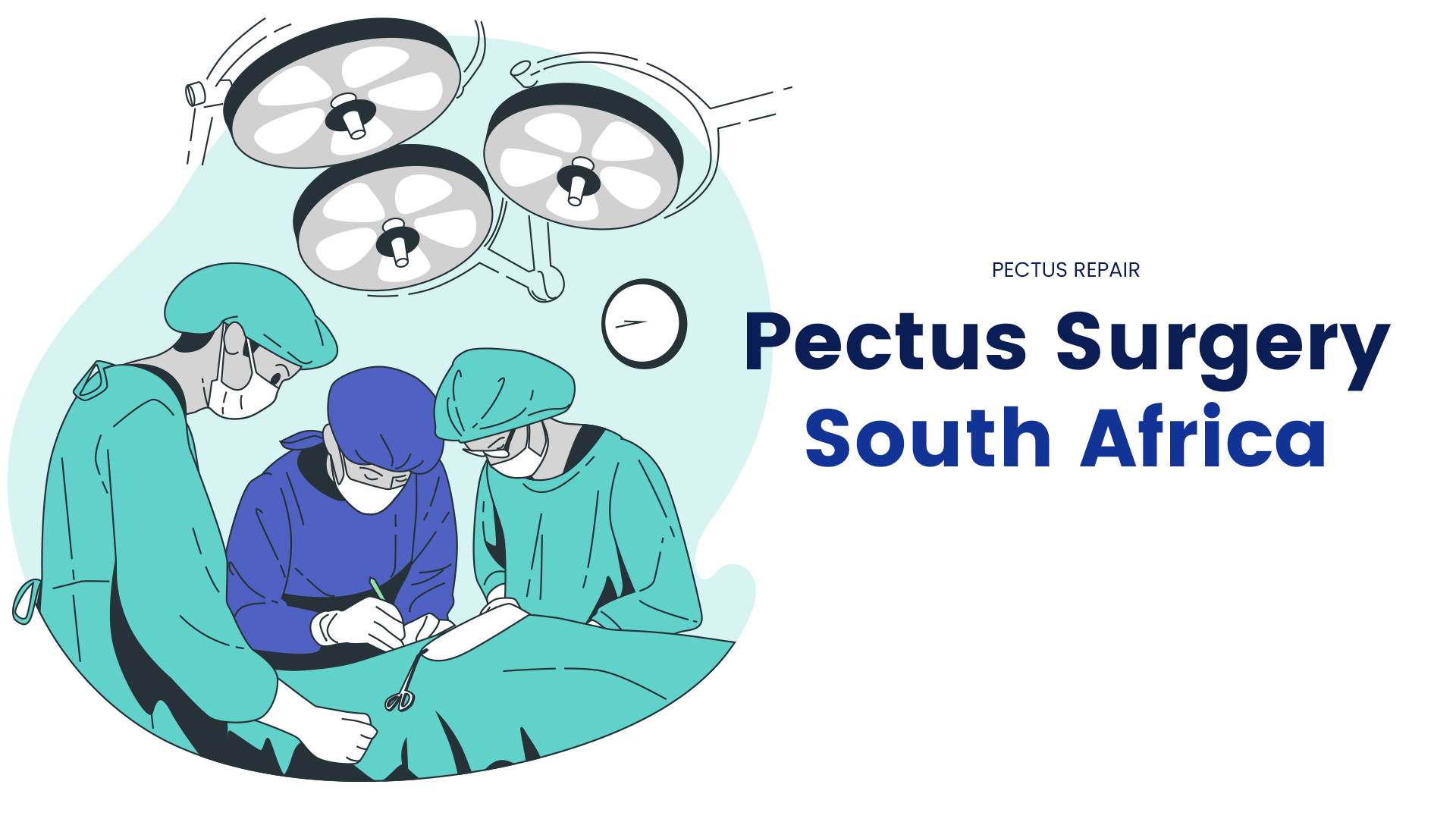Project Description
Pectus excavatum occurs in approximately 1 in 400 live births. The chest defect becomes progressively worse with growth and in the teenage years can become disabling. Although considered cosmetic, and it is most certainly cosmetic, there are also well documented physiological changes such as decreased effort tolerance and cardiac arrhythmias. The young patients become used to the chest disability and are not really aware of any physiologic abnormalities until after the chest defect is repaired.
The standard repair in the past is the open or Ravitch operation which was first described in 1950 and become the standard. This procedure involves resecting multiple cartilages on each side of the sternum and splitting the sternum transversely to place it in the new position. The Nuss procedure began 16 years ago as a minimally invasive procedure which involves placing a steel bar behind the sternum pushing the sternum into the new position. This is a much less invasive procedure involving small lateral incisions and is now the procedure of choice.
The results from many centres are excellent and compare very favourably with the older Ravitch procedure. The Nuss operation is a minimally invasive procedure which was described by a Cape Town graduate Dr Nuss in 1997. It is a much quicker operation which gives considerably better results


